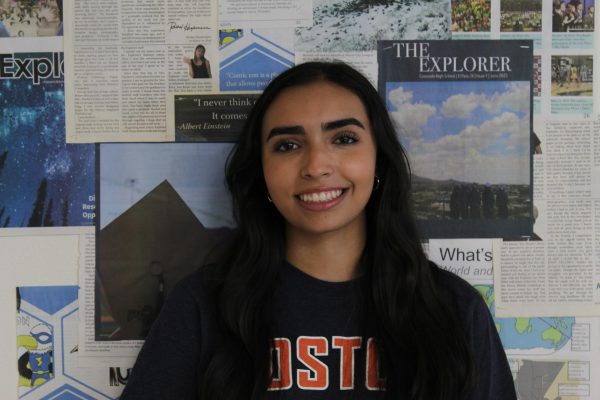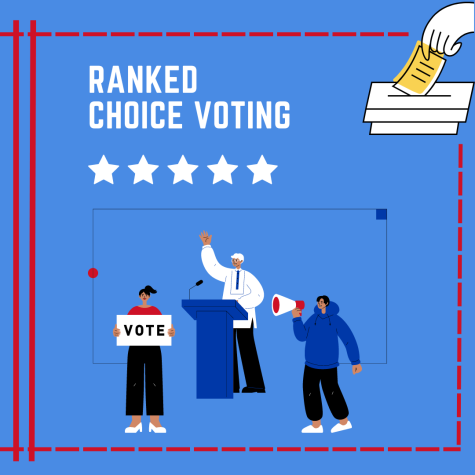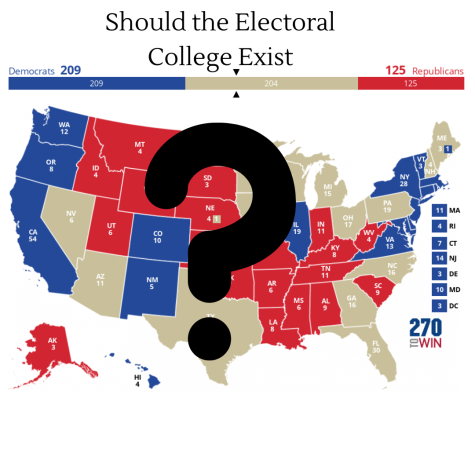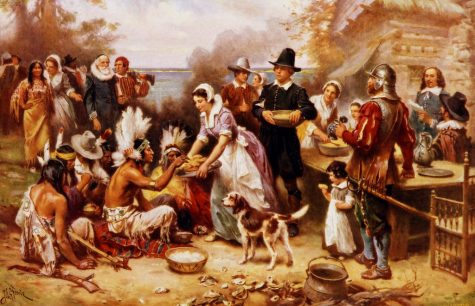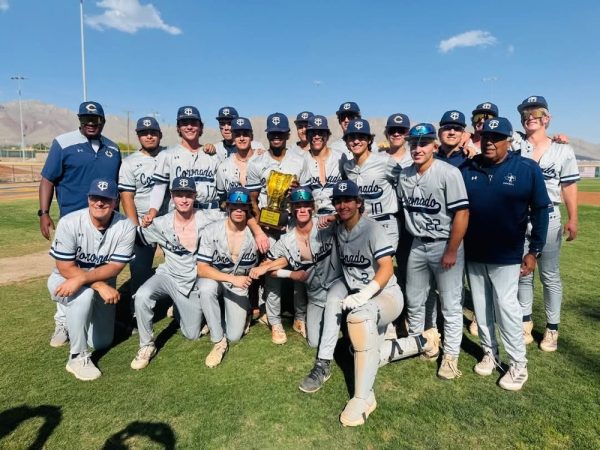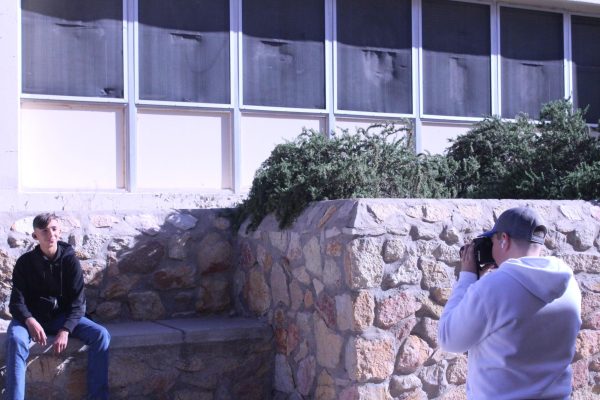Christmas is Not the Only Winter Holiday
Winter and the holiday season are often associated with Christmas. Even winter break during a school or work year is normally referred to as Christmas break. The widespread impact of Christmas has overshadowed two winter holidays with just as much meaning and history — Kwanzaa and Hanukkah.
Kwanzaa is a holiday that originated in 1966 that focuses on the celebration of African-American culture and African heritage. Although this holiday is newer compared to other winter holidays, it has had a large impact on people of African descent.
Kwanzaa was created by Maulana Karenga with the goal of fostering harmony and empowering the African-American community in the wake of a deadly occurrence. On August 1965, a revolt took place to protest the arrest of Marquette Frye, an African-American who was accused of intoxicated driving. This rebellion is now known as the Watts Rebellion.
Kwanzaa is celebrated from December 26th to January 1st, and it consists of a feast and gifts. This holiday consists of 7 main principles, which are unity, self-determination, collective work and responsibility, cooperative economics, purpose, creativity, and faith.
A common misconception of the Kwanzaa holiday is that it is celebrated instead of Christmas. However, many people who celebrate Kwanzaa also enjoy Christmas. Furthermore, Kwanzaa is not a holiday exclusively for those in the African-American community and, according to Karenga, welcomes people who are not of African descent.
Rather than being solely based on religious beliefs, Kwanzaa focuses on empowerment of the African-American community. It can be classified as a cultural holiday.
Common traditions during the Kwanzaa celebration include lighting candles, reflecting on the principles, honoring ancestors, and karamu, a community feast that takes place on December 31. Another major component of the Kwanzaa celebration is the use of homemade gifts instead of investing in store-bought items.
As opposed to Kwanzaa, Hanukkah is a holiday celebrated by Jewish people that commemorates the rededication of the Holy Temple located in Jerusalem. Therefore, it is a religious holiday. In Hebrew, the word Hanukkah means “dedication.”
Hanukkah takes place over the span of 8 days. The menorah, a major symbol in Judaism, consists of 9 candles, with each candle representing a day of a celebration, along with the shammash. The shammash is a candle used to light the other 8.
The word shammash means “helper” or “servant” in Hebrew. This candle is unique and stands in the center of the menorah, wither positioned higher or lower than the other 8 candles.
Major Hanukkah traditions consist of lighting the menorah, enjoying Hanukkah music, giving and receiving gifts, and cooking traditional Hanukkah foods, and playing dreidel. The popular dreidel was originally invented by Jewish people to conceal the study of their scriptures. Now, it used as part of a game during Hanukkah.
As for food during the celebration, dishes include latkes, gelt, and kugel. Many Hanukkah dishes are fried for the purpose of acknowledging the miracle oil, which was an oil used to light the menorah of the Holy Temple that burned for 8 days.
Kwanzaa and Hanukkah should be more acknowledged and embraced as holidays in the winter season, considering they have significant personal and religious meanings that are just as significant as those of Christmas. Kwanzaa is celebrated in a way that showcases the unity of the African American-community, and Hanukkah is celebrated by Jewish people to honor the Holy Temple and the roots of Judaism. Both holidays consist of symbols and values that are meaningful to their religions and cultures. Ra




